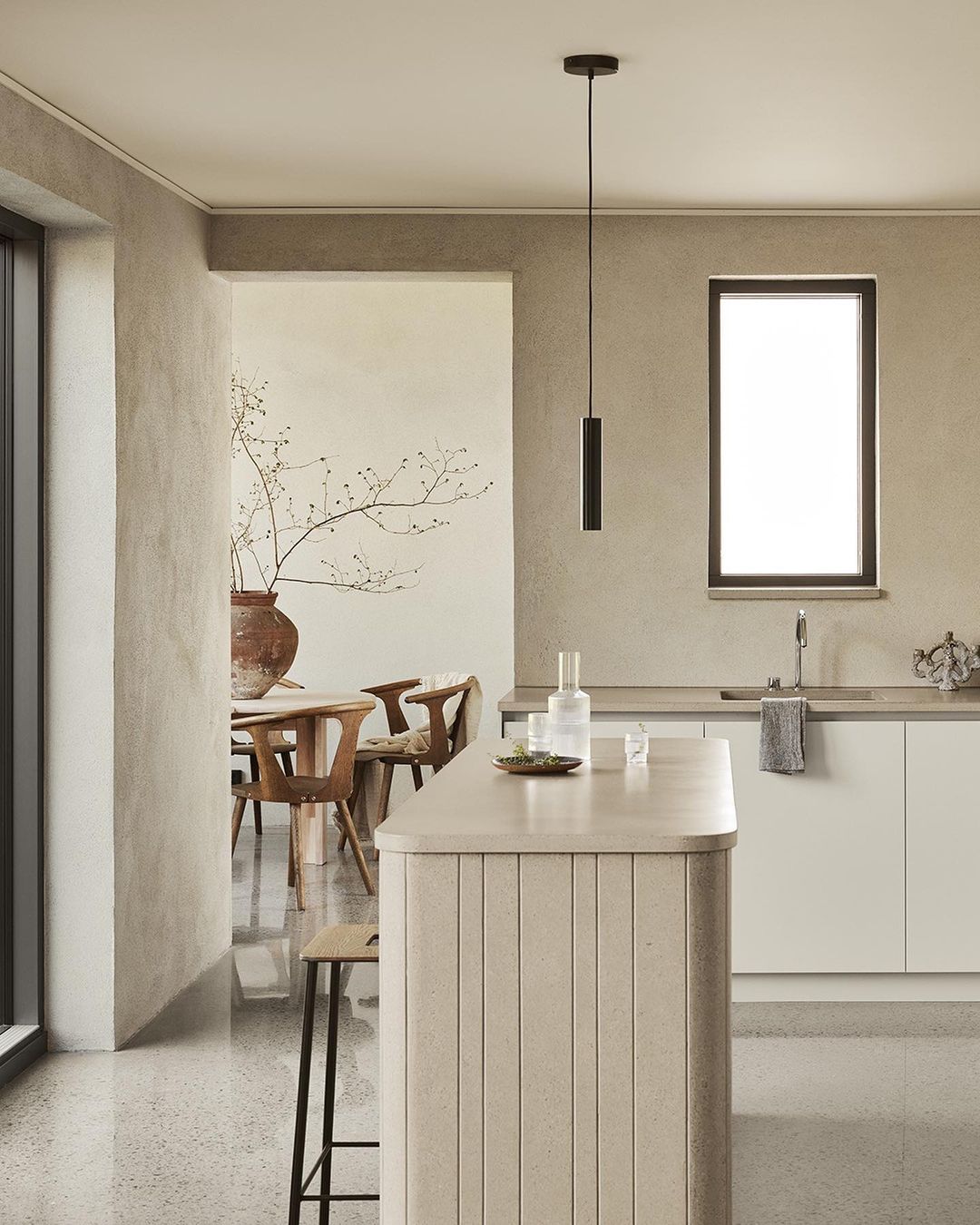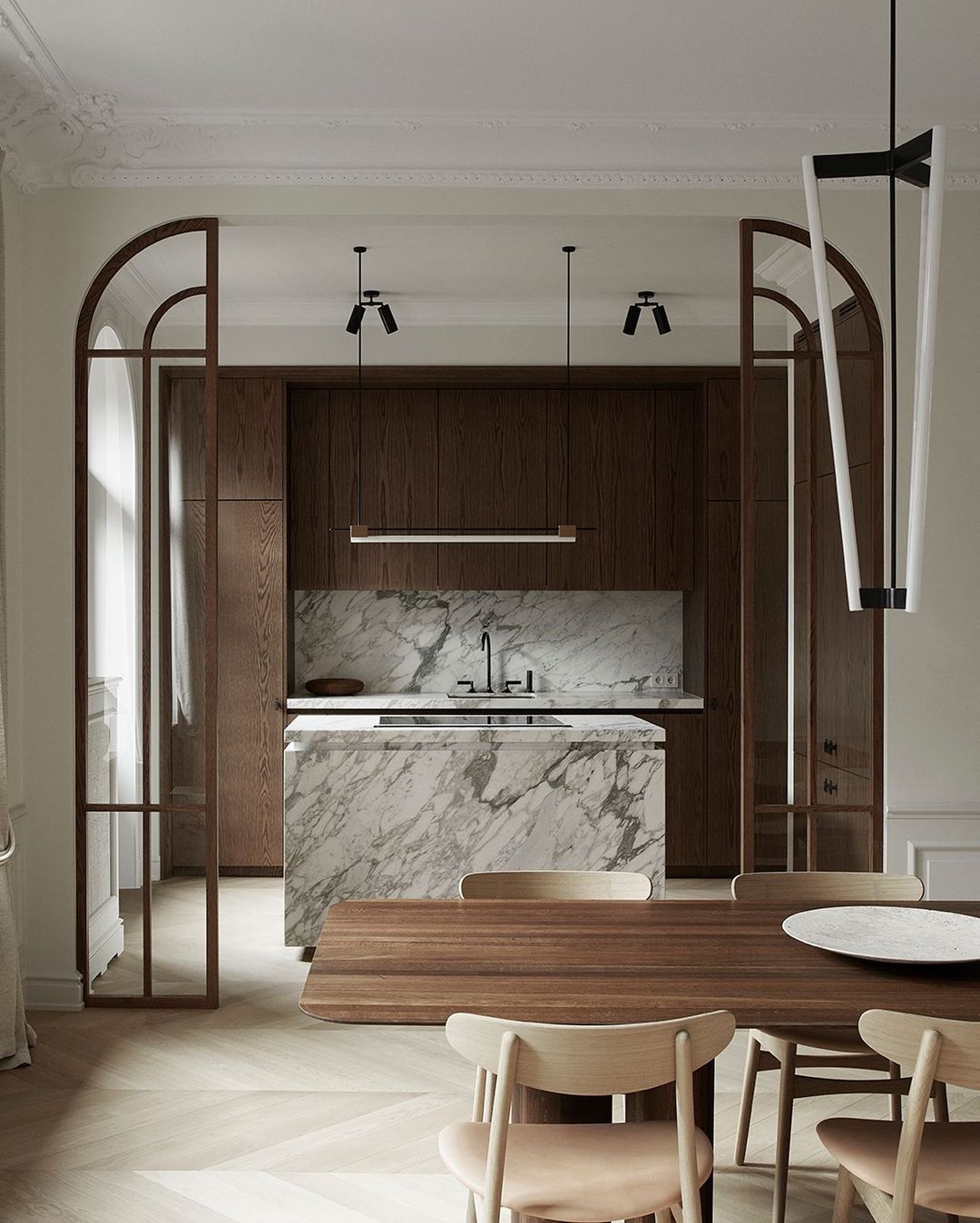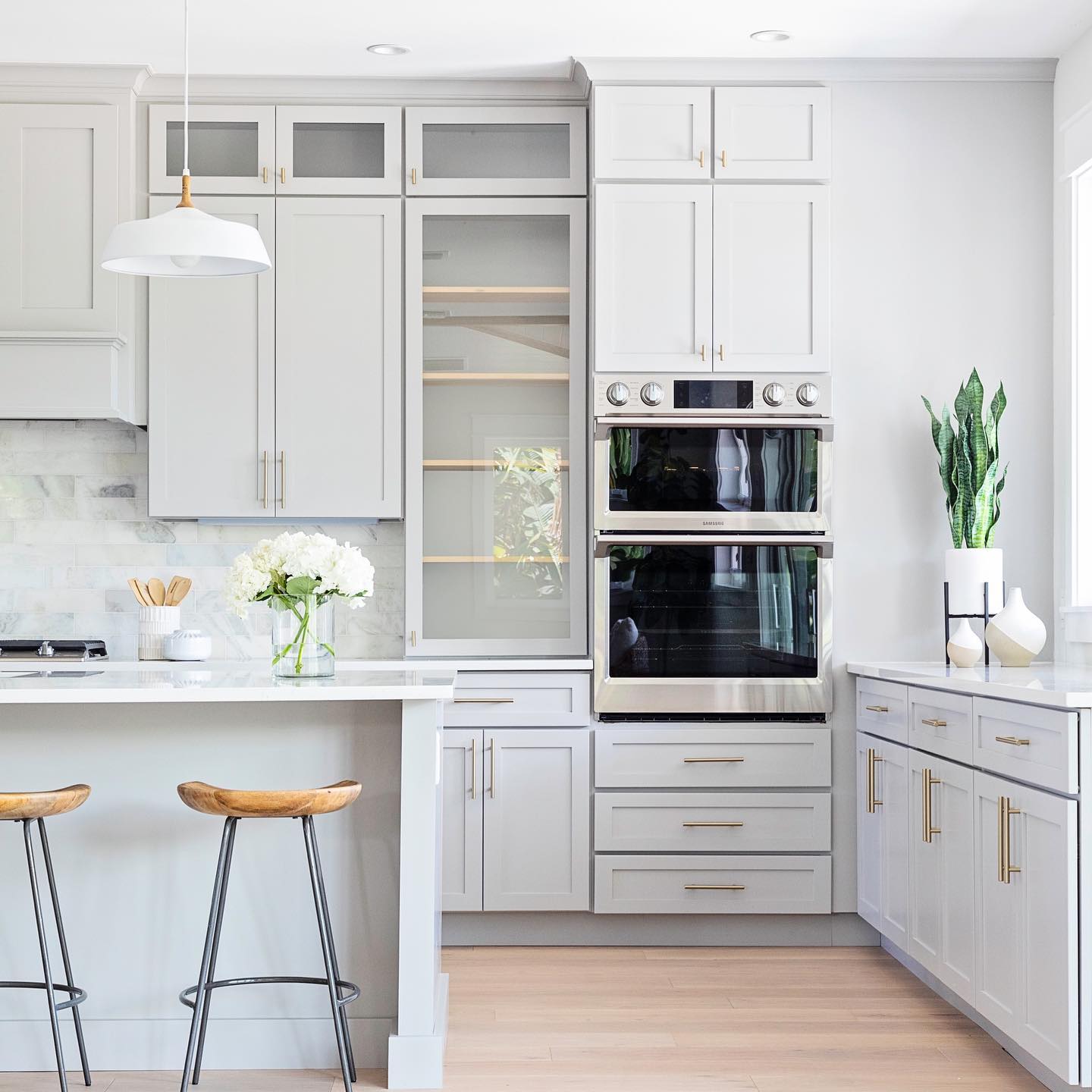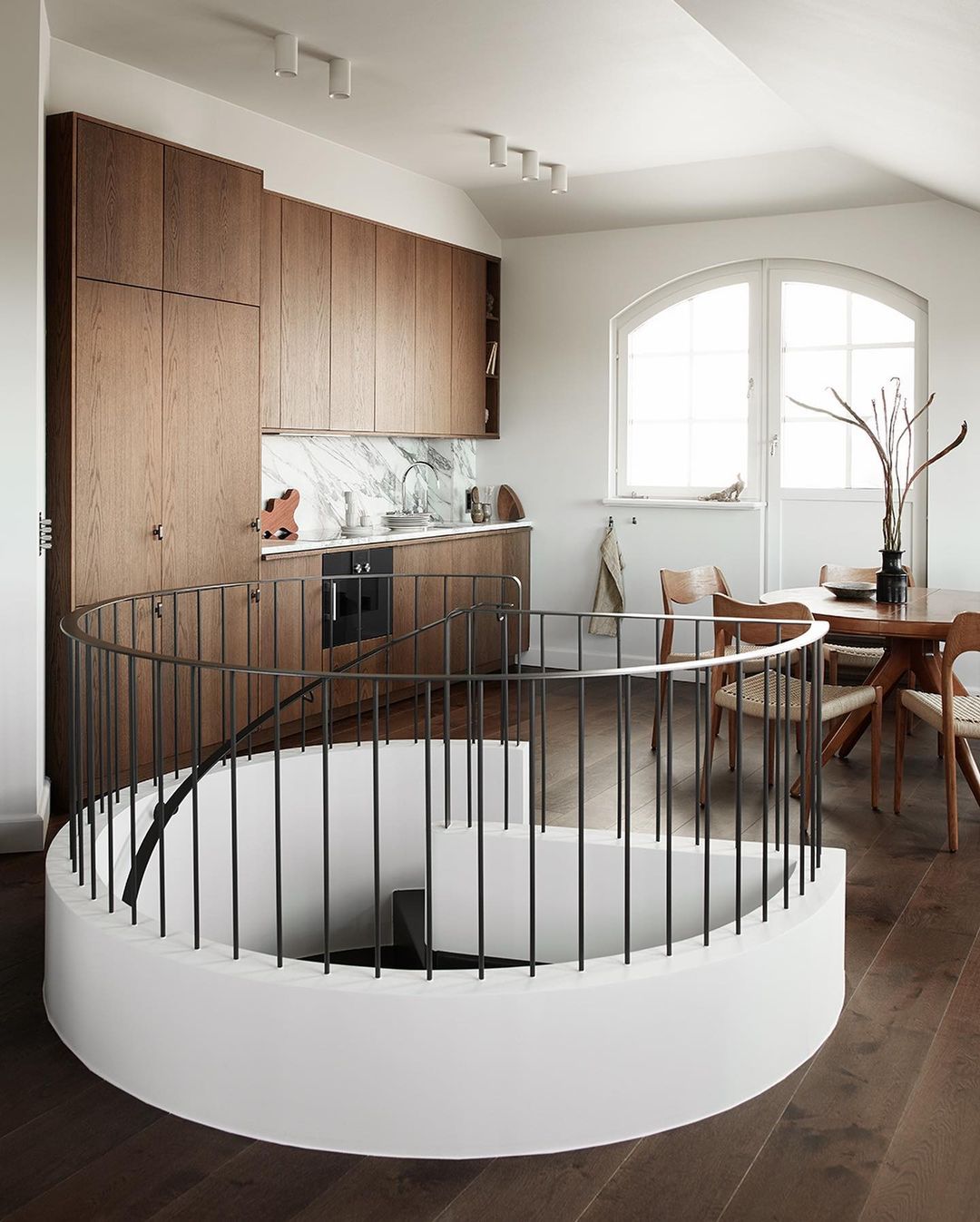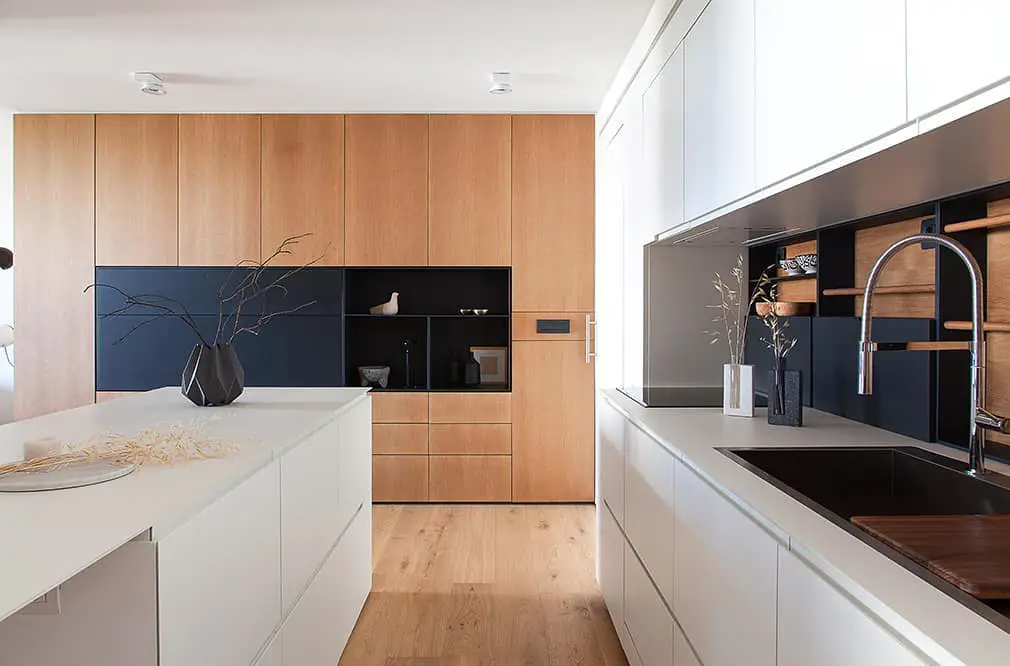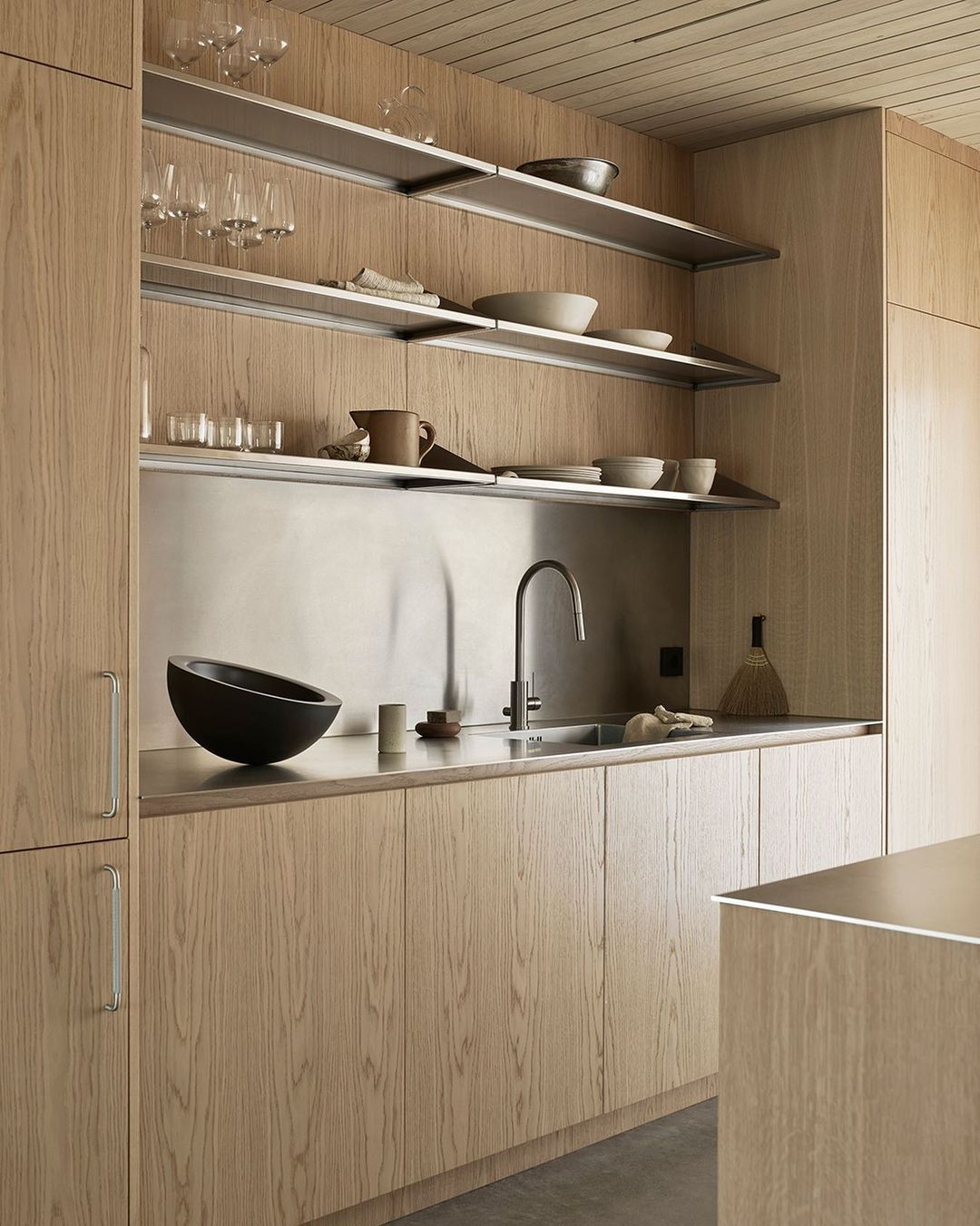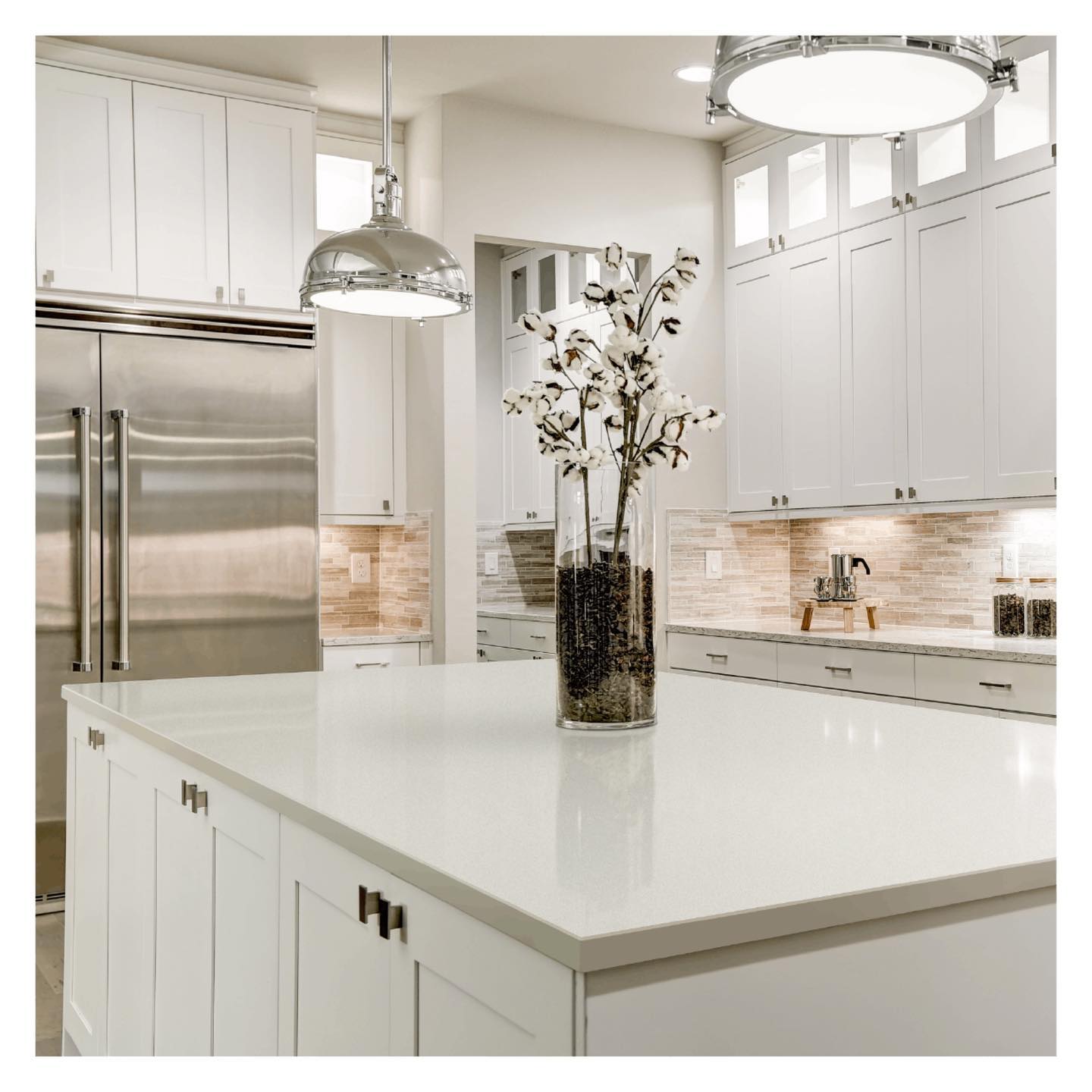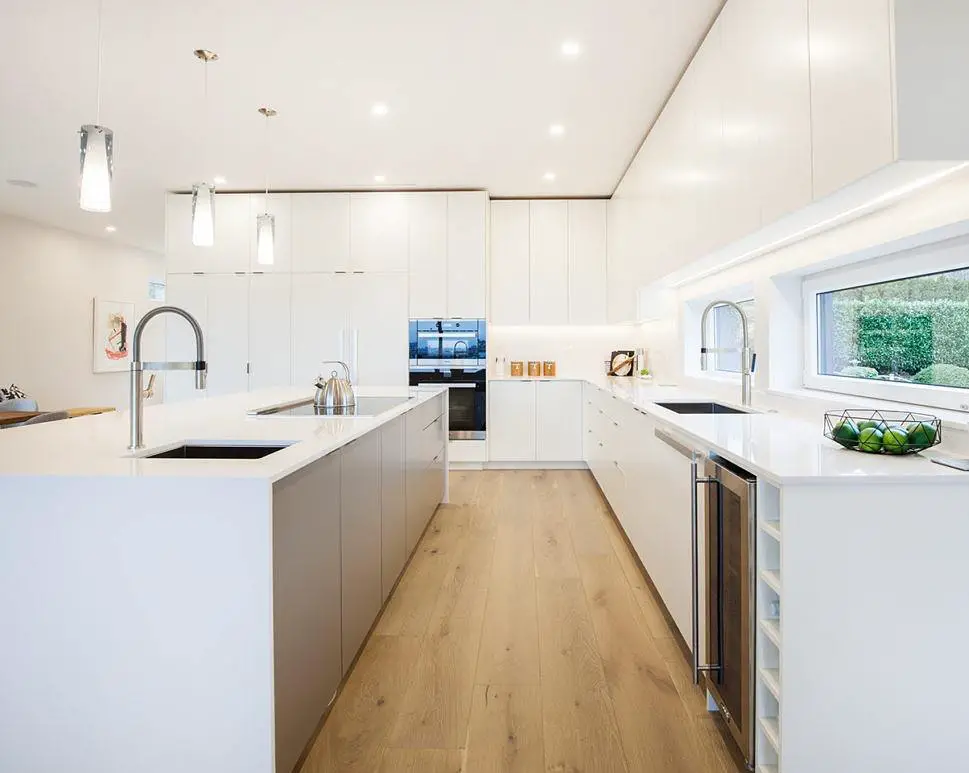Are you looking to create a clean, functional, and aesthetically pleasing kitchen? Then a minimalist kitchen design might be just what you need.
In this post, we will provide you with tips and tricks to help you design a minimalist kitchen that that balances function and beauty.
Whether you’re a busy home cook or a minimalist enthusiast, this post is intended for anyone who is interested in simplifying their kitchen space. We will cover the benefits of a minimalist kitchen, the key elements to consider when designing one. We will also provide you with practical advice to help you create a space that is both practical and aesthetically pleasing.
Are you ready to streamline your kitchen and create a space that brings you joy every day?
Let’s get started!
How to Design a Minimalist Kitchen That’s Both Functional and Beautiful
A minimalist kitchen is a design style that prioritizes functionality and simplicity. This means keeping only what is necessary in terms of appliances, utensils, and decor, and using natural materials like wood, stone, or metal. The goal is to create a clean and uncluttered space that is easy to work in and maintain.
Minimalist kitchen design has become increasingly popular in recent years, as people seek to simplify their lives and reduce their environmental impact. By only keeping what is necessary, a minimalist kitchen design can also reduce waste and encourage mindful consumption.
But the benefits of a minimalist kitchen design go beyond just aesthetics and sustainability. It can also create a calming and relaxing atmosphere, reduce stress, and make it easier to prepare healthy meals.
So, if you’re looking to create a more functional and beautiful kitchen, consider a minimalist design. With a little planning and creativity, you can create a space that is both practical and aesthetically pleasing.
Assessing Your Needs
First things first, you need to assess your cooking habits and routines. Are you a master chef who loves to cook elaborate meals, or do you prefer quick and easy recipes? Do you frequently host dinner parties or stick to intimate gatherings? These questions will help determine the functionality of your kitchen design.
Next, think about your storage needs. How much storage space do you need for your pots, pans, and utensils? Do you need a pantry or extra shelving for food storage? Don’t forget about your appliances too. Are you a coffee addict who needs a dedicated space for your espresso machine, or do you prefer a minimalist look with only the essentials?
Of course, you can’t forget about your budget. Determine how much money you’re willing to spend on your kitchen renovation, and keep in mind that the cost of materials and labor can add up quickly.
Choosing the Right Color Palette
When it comes to choosing the right color palette for your minimalist kitchen, neutral colors are always a safe bet for a clean and modern look. Think white, beige, and gray. But don’t be afraid to add a pop of color with bold accents like a bright red backsplash or a colorful kitchen rug. Matching your hardware and appliances to the color scheme can also add a cohesive and polished feel to the space.
Selecting the Right Materials for Your Minimalist Kitchen
When it comes to materials, quality over quantity is key. It’s important to invest in materials that will last and won’t need to be replaced frequently. Natural materials like wood, stone, or metal are a great choice for a minimalist kitchen. They give a sleek and modern look while also providing durability and longevity.
Looking to bring in a little more warmth and texture while staying true to minimalist values? Explore how to design a fresh and simple organic modern kitchen for inspiration that blends clean lines with nature-led style.
Another important factor to consider when selecting materials is maintenance. You want to choose materials that are easy to clean and maintain, so you’re not spending all your time scrubbing and polishing.
Minimalist Kitchen Design while Maximizing Storage
In a minimalist kitchen, maximizing storage is crucial to keep the space clutter-free. One way to do this is by utilizing vertical storage solutions like hanging racks or shelves. This not only adds storage but can also be a decorative element to the space.
Cabinet and drawer organizers are also a must-have for maximizing storage. This allows you to have designated spaces for specific items like spices, utensils, and pots and pans. It will make finding what you need quick and easy.
Finally, consider built-in storage options like a pull-out pantry or built-in cutting board. These options can save space and give a seamless look to your minimalist kitchen design.
Design a Minimalist Kitchen by Minimizing Clutter
The goal of a minimalist kitchen is to have a clean and uncluttered space that is both functional and beautiful. To achieve this, it’s important to only keep necessary items on your countertops. This means limiting appliances, utensils, and decor to the essentials. This not only looks cleaner but also makes it easier to work in your kitchen.
Another way to minimize clutter is to avoid excess decoration and knick-knacks. While it’s nice to have decorative elements in your kitchen, too many can make the space feel cluttered and overwhelming. Instead, opt for a few carefully chosen pieces that add to the overall aesthetic.
Finally, incorporating hidden storage options can help minimize clutter and keep your kitchen looking clean and organized. This can be anything from a pull-out trash can to a hidden pantry. By keeping items out of sight, you’ll be able to maintain a clutter-free space.
Choose Minimalist Lighting That’s Both Functional and Beautiful
Lighting can play a big role in the overall look and feel of your kitchen. When possible, use natural light to brighten up the space and make it feel more open and inviting. If you don’t have many windows, consider adding a skylight or light tube to bring in more natural light.
Task lighting is also important in a kitchen, especially if you do a lot of cooking and food prep. Under-cabinet lighting or pendant lights over the kitchen island can provide focused light where you need it most.
Finally, ambient lighting can add a warm and inviting atmosphere to your kitchen. This can be achieved through dimmable overhead lights or even a table lamp on the counter. Be mindful not to add too much lighting that could cause a glare, which could be distracting and unpleasant to the eyes.
Conclusion
To design a minimalist kitchen that is both functional and beautiful, you need to start by assessing your needs and choosing the right color palette and materials. Maximizing storage and minimizing clutter are also essential in creating a clean and uncluttered space. Lighting is also an important element to consider for creating the right atmosphere in your kitchen.
A minimalist kitchen offers many benefits, such as a clean and uncluttered space that is easy to maintain and work in. It also encourages mindful consumption and reduces waste by only keeping what is necessary. A minimalist kitchen can also be aesthetically pleasing and create a calming and relaxing atmosphere.
If you’re feeling inspired to create a minimalist kitchen of your own, start by assessing your needs and determining your budget. From there, consider your color palette, materials, storage solutions, and lighting.
With a little planning and creativity, you can design a minimalist kitchen that is both functional and beautiful.
With these tips in mind you now can get started on your own minimalist kitchen design!
Related Posts:
- Industrial Chic: Mixing Modern and Rustic for a Beautiful Kitchen
- Top 10 Timeless Mid-Century Kitchen Design Features
- 5 Essential Elements of a Minimalist Dining Room
- Minimalist Dining Room Lighting for a Warm and Inviting Ambiance
- Top 10 Tips for Creating a Minimalist Living Room
- The Power of Less: How to Achieve a Minimalist Look in Your Home
- 10 Tips for Creating a Minimalist Bedroom
- Japandi-inspired Design Ideas to Create a Functional and Beautiful Kitchen

